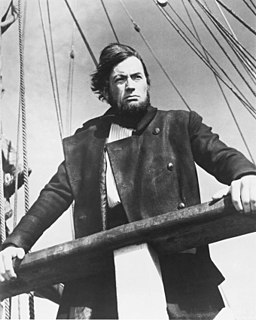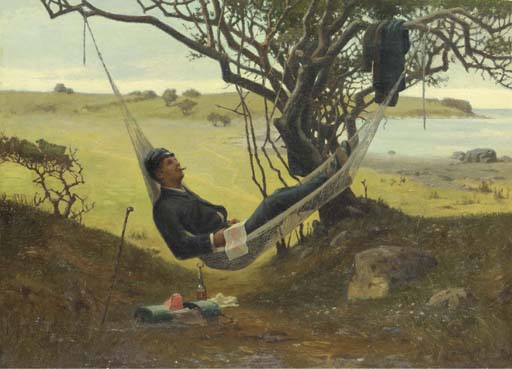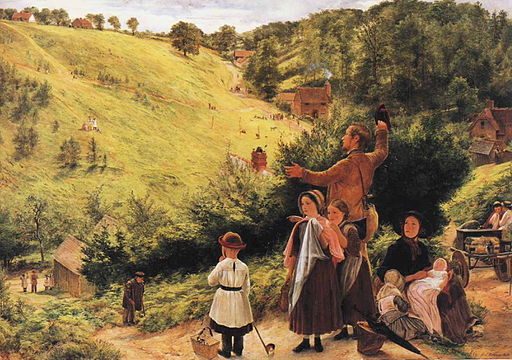Nearly as Good as New

Publicity still of Gregory Peck from the 1956 film Moby Dick. Photo courtesy of Warner Brothers.
There is a limit to how much detail the human eye can discern in the limited space of the typical home theater. DVD was a huge improvement over VHS, and Blu-ray was almost as big an improvement over DVD. 4K resolution is not quite as great an improvement over Blu-ray as numbers alone would suggest, simply because the law of diminishing returns starts to take effect. In the confines of a home theater, even using the best equipment, viewers are less able to discern the finer detail there on the screen. 8K resolution is overkill for all but the most dedicated home video enthusiasts with deep pockets.
Another reason for home video improvements driving film restorations less in the future is the switch by consumers from owning content on physical media, such as a Blu-ray disc, and streaming content in a rental agreement over the internet. Already the rollout of 4K discs has slowed to the point that many good old movies may never be remastered for the format. The potential sales aren’t high enough to interest the major movie studios. As to streaming 4K content, that is subject to the vagaries of the consumer’s internet connection. Some of the 4K content may not be as advertised because of the huge bandwidth requirements, and streaming true 8K content would probably require a 5G internet connection and an actual unlimited data plan from a viewer’s Internet Service Provider (ISP).
.jpg)
Screenshot from Life with Father (1947), with Irene Dunne and William Powell. Photo courtesy of Warner Brothers.
Robert Harris worked on this 2014 restoration and remastering of the 1964 film My Fair Lady, starring Audrey Hepburn and Rex Harrison.
Check reviews online, preferably not on Amazon because the reviewers there rarely get to the nitty gritty about the quality of the transfer, and instead prefer to bloviate about the movie itself, seeing it as their chance to be an authoritative movie reviewer like Roger Ebert. Better are the reviews on news sites or websites specializing in film industry or home theater matters because they generally do mention the quality of the transfer, though consumers still have to take some of those reviews with a grain of salt when they include affiliate links to sites selling copies of the movie. Be wary during research and you’ll have less chance to regret a purchase and better enjoyment of a great old movie given the attention it deserves.
— Techly 




